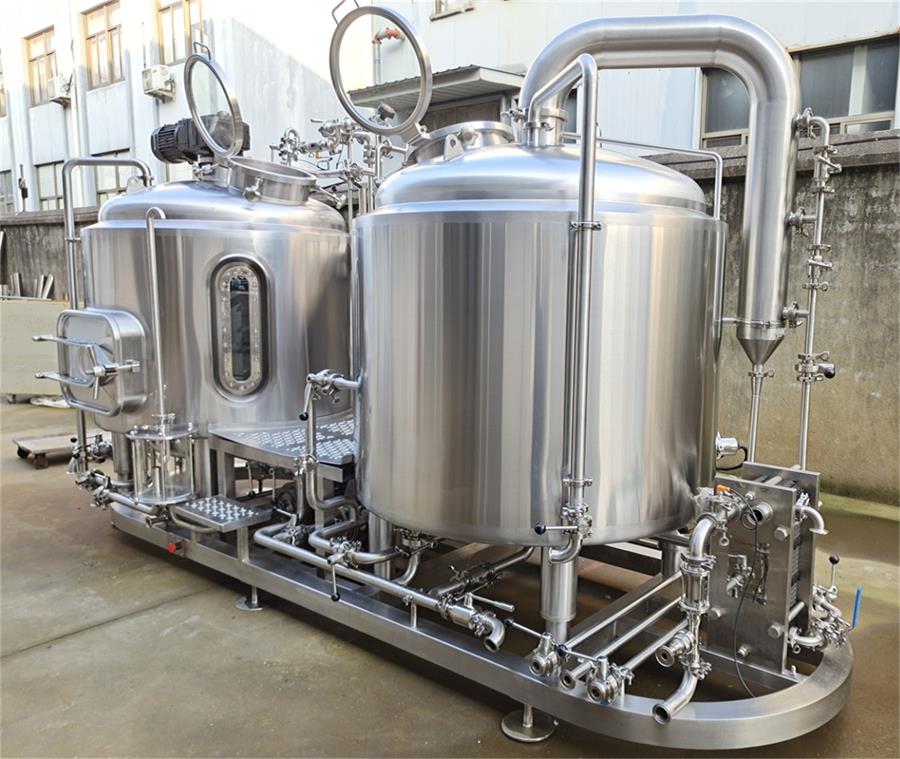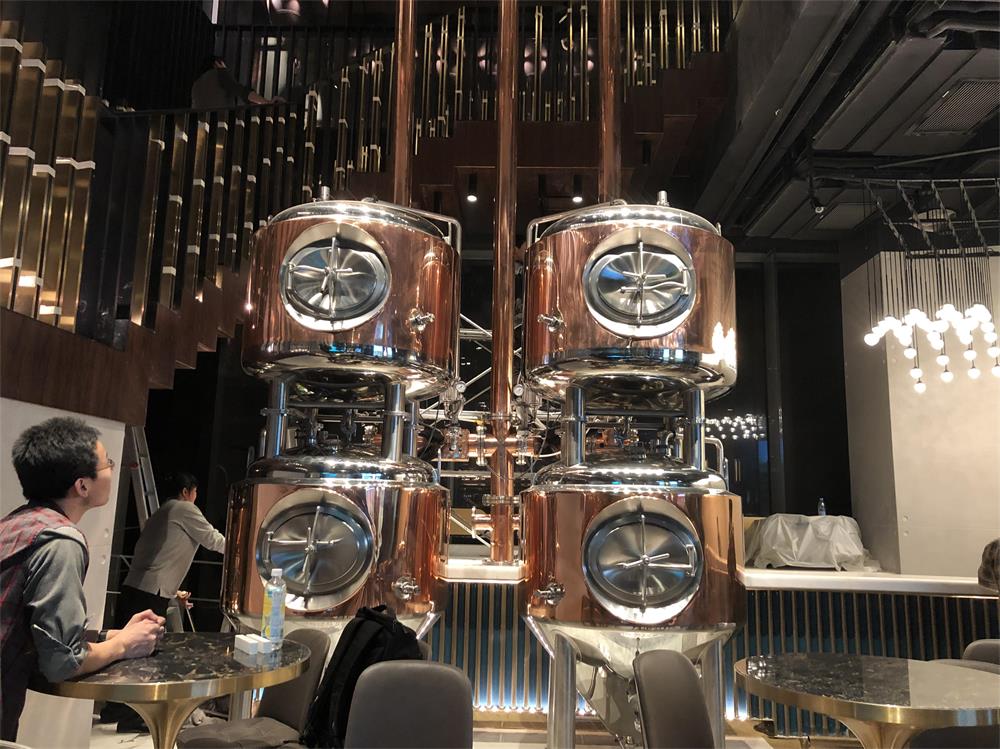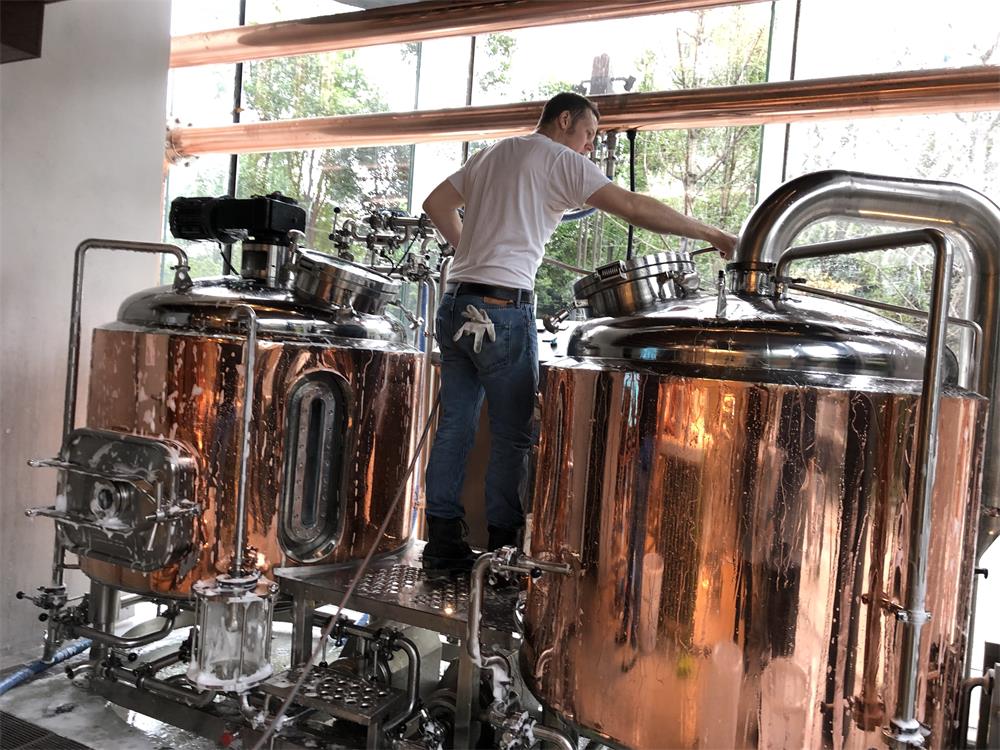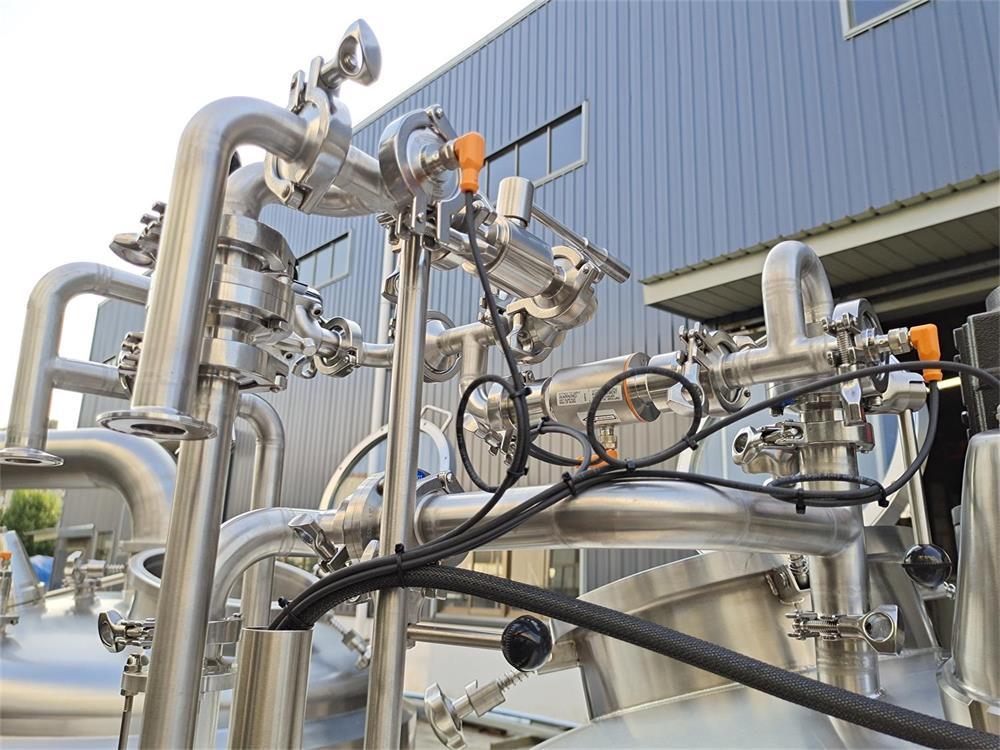Brewing Your Own Beer: An Introduction to Micro Brewing Systems
Are you tired of buying the same old beer from the store? Have you ever wanted to try brewing your own beer, but don’t know where to start? Look no further than micro brewing systems. With the rise in popularity of home brewing, micro brewing systems have become a popular choice for beer enthusiasts who want to try their hand at creating their own unique brews. In this post, we’ll provide an introduction to micro brewing systems, including the basics of how they work, how to choose the right system for your needs, and tips for brewing your first batch of beer. So let’s raise a glass to brewing your own beer and dive into the world of micro brewing systems!
Introduction To Micro Brewing Systems

In recent years, micro brewing systems have gained popularity among home brewers, offering an affordable and fun way to create your own beer. Micro brewing systems are smaller versions of commercial brewing equipment, making them a great option for those who want to brew beer at home without investing in expensive and large equipment.
One of the main benefits of brewing your own beer with a micro brewing system is the cost savings. Making your own beer is generally cheaper than buying it from the store, and you can save even more money by purchasing ingredients in bulk. In addition, brewing your own beer allows you to customize the taste and flavor to your liking, which is not always possible with store-bought beer.
But brewing your own beer is not just about saving money or customizing the flavor. There is also a sense of satisfaction that comes with creating something from scratch. Brewing beer can be a fun and rewarding experience, allowing you to experiment with different ingredients and techniques. And let’s not forget the satisfaction that comes with sharing your homemade beer with friends and family.
The Basics of Micro Brewing Systems


Micro brewing systems consist of several components that work together to produce beer. These components typically include a kettle, a fermenter, and various hoses and pumps. The brewing process starts with boiling water in the kettle, which is then mixed with malted grains to create a sugary liquid called wort. Hops are added to the wort during the boil to add flavor and bitterness.
There are two main types of micro brewing systems: all-grain and extract brewing systems. All-grain brewing involves using whole grains, which are mashed and boiled to create the wort. Extract brewing, on the other hand, uses pre-made malt extract, which is added to boiling water to create the wort. Extract brewing is generally considered easier and faster, making it a popular choice for beginners.
In addition to the main components, there are several other pieces of equipment that are essential for brewing with a micro brewing system. These include a thermometer to monitor the temperature of the wort, a hydrometer to measure the sugar content, and a bottling bucket to transfer the beer into bottles for carbonation.
When choosing a micro brewing system, it’s important to consider the capacity and complexity of the equipment. Some systems are designed for small batches of beer, while others can produce several gallons at once. Some systems require more manual labor and monitoring, while others have automated features that make the process easier.
Overall, micro brewing systems offer a fun and rewarding way to create your own beer at home. With a basic understanding of the components and equipment needed, anyone can start brewing their own beer using a micro brewing system.
Choosing the Right Micro Brewing System
When choosing a micro brewing system, there are several factors to consider to ensure that you select the right one for your needs. Here are some of the key factors to keep in mind:
- Budget: Micro brewing systems can range from a few hundred dollars to several thousand dollars, so it’s important to consider your budget when choosing a system. Generally, the more expensive systems have more features and are designed for larger batches of beer.
- Brewing Capacity: Consider how much beer you want to brew at once. Some systems are designed for small batches of one or two gallons, while others can brew up to ten gallons or more. Choose a system that can produce the amount of beer you need.
- Ease of Use: If you’re new to brewing, consider a system that is easy to use and has clear instructions. Some systems have automated features that make the brewing process easier, while others require more manual labor.
- Quality of Components: Look for a system that is made with high-quality components that will last for many brewing sessions. Cheaper systems may have lower quality components that could break down or wear out quickly.
- Reviews and Recommendations: Do some research and read reviews of different micro brewing systems to see what others have to say about them. Ask other home brewers for recommendations and advice.
Some popular micro brewing systems on the market include the Grainfather, the Robobrew, and the Brewie+. Each of these systems has its own unique features and benefits, so it’s important to research and compare them to find the one that best fits your needs and budget.
Overall, choosing the right micro brewing system is important to ensure a successful brewing experience. Consider your budget, brewing capacity, ease of use, and component quality when making your decision. And don’t forget to read reviews and ask for recommendations from other home brewers.
Brewing Your First Batch
Brewing your first batch of beer can be an exciting and rewarding experience. Here is a step-by-step guide to brewing your first batch using a micro brewing system:
Ingredients:
- Water
- Malted grains or malt extract
- Hops
- Yeast
- Priming sugar (optional)
Equipment:
- Micro brewing system
- Kettle
- Fermenter
- Thermometer
- Hydrometer
- Bottles
Instructions:
- Sanitize all equipment to ensure cleanliness and prevent contamination. This can be done using a sanitizing solution or by boiling the equipment for a few minutes.
- Heat water in the kettle to the desired temperature. The temperature will vary depending on the type of beer you are brewing and whether you are using all-grain or extract brewing.
- Add the malted grains or malt extract to the water and stir well to ensure that there are no clumps.
- Add the hops to the mixture during the boil. The timing and amount of hops will depend on the type of beer you are brewing and the recipe you are using.
- Cool the mixture down to the appropriate temperature and transfer it to the fermenter.
- Add the yeast to the fermenter and mix well.
- Let the mixture ferment for several days or until the desired alcohol content is reached. This can be measured using a hydrometer.
- If desired, add priming sugar to the mixture before bottling to carbonate the beer.
- Transfer the beer to bottles and let it condition for several weeks before drinking.
Congratulations! You’ve successfully brewed your first batch of beer using a micro brewing system. As you become more experienced, you can experiment with different ingredients and techniques to create your own unique beer recipes.
Troubleshooting Tips


Home brewing can be a fun and rewarding experience, but sometimes things don’t go according to plan. Here are some troubleshooting tips for common issues that home brewers may encounter when using a micro brewing system:
Fermentation Problems:
- If fermentation is taking longer than expected, check the temperature of the fermentation chamber. Yeast may be inactive if the temperature is too low.
- If the beer has a strong yeast flavor or aroma, it may be due to over-pitching or under-aerating the wort.
- If the beer has a sour taste, it may be due to contamination from bacteria or wild yeast. Sanitize equipment thoroughly before use.
Carbonation Problems:
- If the beer is under-carbonated, check that the priming sugar was properly mixed into the beer before bottling. The beer may also need more time to carbonate in the bottles.
- If the beer is over-carbonated, it may have been bottled too soon, or too much priming sugar was added.
Off-Flavors:
- If the beer has a metallic taste, it may be due to a reaction between the wort and metal equipment. Consider using stainless steel or plastic equipment instead.
- If the beer has a buttery or butterscotch taste, it may be due to diacetyl, a natural byproduct of fermentation. Allow the beer to sit for a few more days to allow the yeast to clean up the diacetyl.
- If the beer has a skunky or lightstruck flavor, it may have been exposed to too much light. Store beer in a cool, dark place.
Remember that brewing beer is a learning process, and there may be some trial and error along the way. Keep track of your recipes and notes to help troubleshoot any issues that may arise. And don’t be afraid to ask for help or advice from other home brewers or online forums.
In conclusion, micro brewing systems provide a great opportunity for beer enthusiasts to brew their own beer at home. From understanding the components and equipment needed to choosing the right system, there are many factors to consider when starting with micro brewing systems. Brewing your own beer can save you money, provide you with the ability to customize the flavor and style, and be a rewarding and fun experience. By following a few simple steps, you can brew your first batch of beer using a micro brewing system. And if any issues arise, remember that troubleshooting is part of the learning process. With some practice and experimentation, you can master the art of brewing your own delicious beer at home. So, grab your micro brewing system and let the brewing adventure begin!
Share this entry
Interested in learning more about Brewing Systems including additional details and pricing information? Please use the form below to contact us!
YOLONG BREWERY EQUIPMENT FAQS
- Commercial Brewery / Craft Brewery / Microbrewery / Nanobrewery
- What is The Difference Between Craft Beer and Industrial Beer?
- The Bespoke Differences In Custom Brewing Systems
- Everything You Need to Know About Kettle Souring
- How to Choose Brewing Equipment for Your business?
- How To Choose The-Best Partner To Build Your Commercial Microbrewing System?
- Two Detection Sensors That You Need To Use In Your Brewhouse System
- Remote Control Applications in Brewing Equipment/How does it work?
- How To Clean Your Brand New Brewery Tanks?

